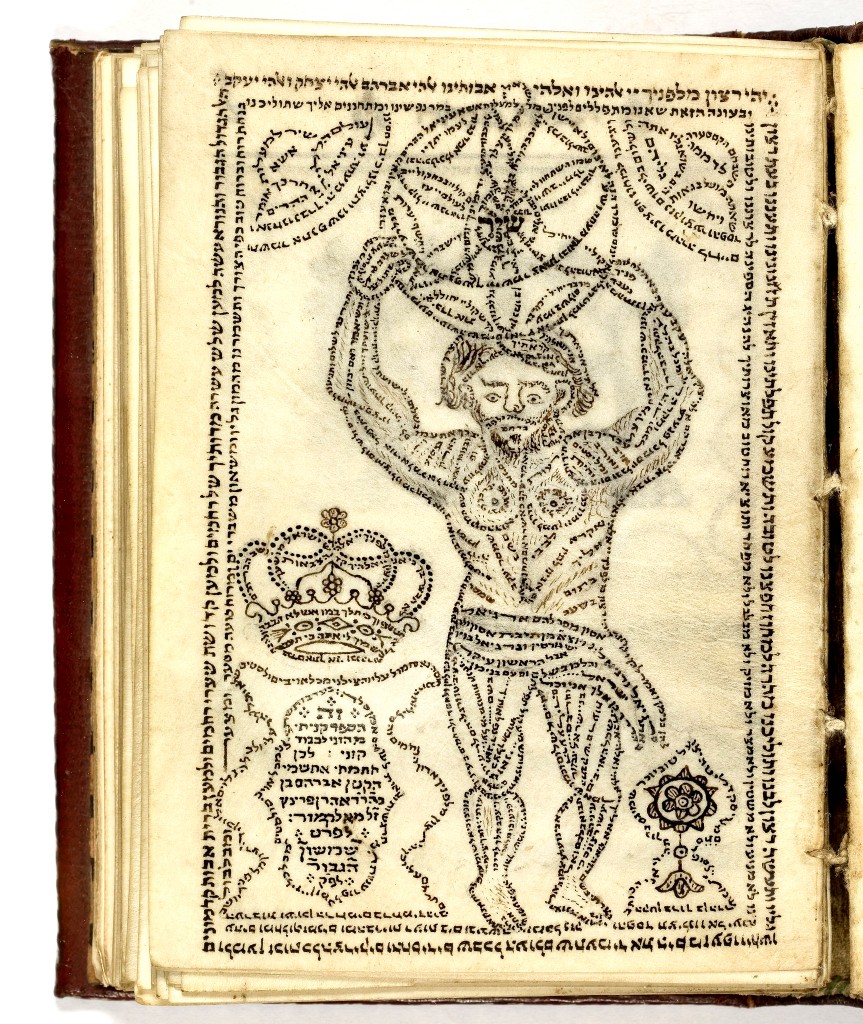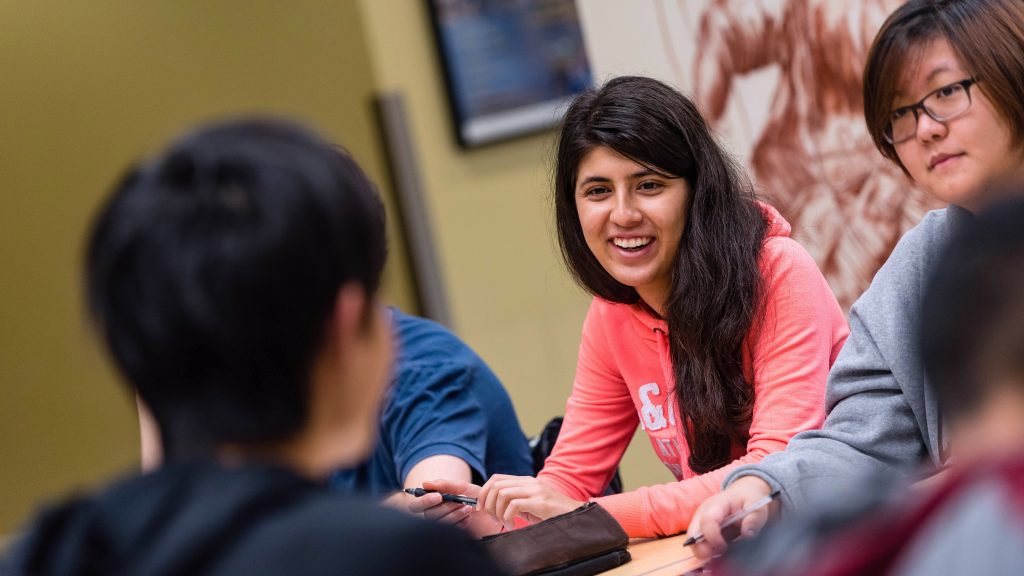

Eyes are the window to the soul, Flickr photo by Isengardt, licensed CC BY 2.0
Starting in the Fall of 2015, there is a new theme and teaching team in Arts One, called “Seeing and Knowing.”
About the theme
In this theme students will investigate the visual as a method of knowing, through considering not only written texts but also images, films, digital poetry, and graphic novels.
According to the course description,
This course is premised on the idea that visual literacy is a process of knowing in its own right and explores the visual image not simply as a way to bring messages to life, but a mode to convey and explain reality.
Questions students will investigate in this theme include:


Sefirat ha-Omer, Flickr photo shared by e-codices, licensed CC BY-NC 2.0
- Can visual artifacts convey knowledge in a way that written text cannot? Do we know and understand differently through images and films than we do when reading texts?
- How do texts and images work together to convey meaning?
- How does the relationship between words and the visual operate when both are crucial to a text, such as in graphic novels or visual poetry?
Reading list
The reading list for Seeing and Knowing has multiple media. In addition to traditional fictional and non-fictional texts like Sophocles’ Oedipus the King, Shakespeare’s The Tempest, Dostoyevsky’s The Idiot, and Toni Morrison’s Jazz, there are also
- films, such as Greenaway’s Prospero’s Books, an adaptation of Shakespeare’s The Tempest, and Wiene’s The Cabinet of Dr. Caligari
- graphic novels, such as Tezuka’s Buddha Part I, and Karasik and Mazzuchelli’s City of Glass adaptation of the novel by Paul Auster of the same name
- visual and digital poetry, including Blake’s Songs of Innocence and Experience and Strickland’s The Ballad of Sand and Henry Soot (a digital poem)


House of Manga, flickr photo shared by Alan Levine, licensed CC BY 2.0
New Arts One Instructors
The Seeing and Knowing teaching team includes two instructors new to Arts One, and whose research and teaching fit very well with this theme.


In the Arts One module “Seeing and Knowing,” I hope that we can explore how the many and varied relationships between image and text affect the nature of representation itself. I look forward to engaging with these issues across a broad section of texts, all of which make compelling and fascinating use of the juxtaposition of text and image.
Jason Lieblang is an Instructor in German, in the Central, Eastern, and Northern European Studies department. Of the Seeing and Knowing theme, he says:
In our everyday lives we tend to take for granted that to see is to know. ‘Seeing is believing,’ after all. Together we’ll inquire into the complex relationship between seeing and knowing through texts that not only question the truth claims of visual perception, but also encourage us to see more critically and acutely and so experience more complex levels of understanding than we ordinarily grasp.



